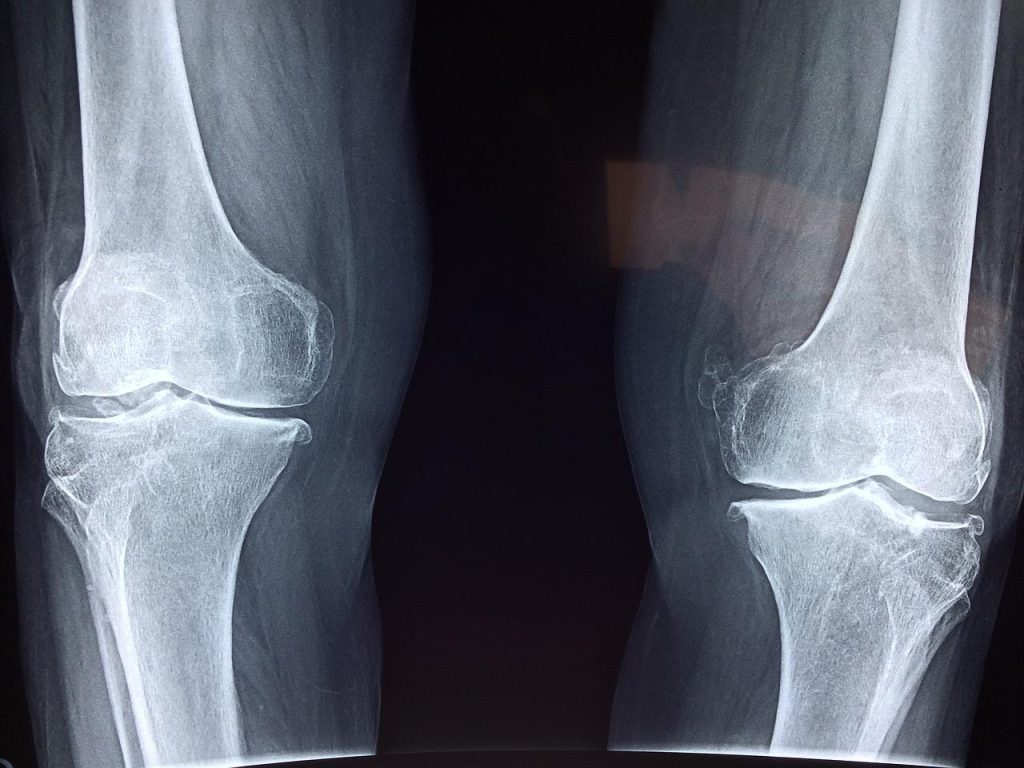
The composition of synovial fluid changes significantly in osteoarthritis: The concentration and molecular weight of hyaluronic acid tends to decrease and is commonly used to diagnose the disease. An international group of researchers explored the disease-driven breakdown of hyaluronan and the mechanistic implications of these changes on the lubrication and subsequent wear of joints.
“One of the most important properties of the synovial fluid is its viscosity,” said Rosa Maria Espinosa-Marzal, co-author of the study published in the journal Biointerphases. “Viscosity is a measure of the internal frictional force between adjacent layers of a fluid in relative motion, or, more simply, a fluid’s resistance to flow. Large, high molecular weight polymers such as hyaluronic acid play a significant role in maintaining a high viscosity of the synovial fluid, which helps maintain a fluid film and reduces friction between articulating surfaces during motion.”
Through analysis with neutron and light scattering, the team determined that the structure of the lipid-hyaluronic-acid complexes in the bulk solution is a function of concentration and its molecular weight.
The researchers found the hyaluronic acid’s concentration and molecular weight both play a role in how the lubricant reacts with different surfaces.
“Our results show low molecular weight hyaluronic acid, which mimics osteoarthritis-diseased joints, hinders the adsorption of the hyaluronic-acid-lipid complex,” said Espinosa-Marzal, of the University of Illinois Urbana-Champaign. “The lack of the formation of an amorphous film on the surface may reflect a consequence of osteoarthritis, since this film should help reduce friction and wear.”
Their hypothesis is that this film’s absence may increase wear of the cartilage surface. In contrast, high molecular weight hyaluronic-acid-lipid complexes form an amorphous film, which presumably helps maintain the mechanical integrity and longevity of efficient lubrication in healthy cartilage.
Studies on hyaluronic acid itself and hyaluronic-acid-lipid complexes “do not entirely support hyaluronic acid’s role in providing high lubricity to the cartilage’s articular surface, which is still a bit controversial,” Espinosa-Marzal said. “Our results indicate that for low molecular weight hyaluronic acid, this is likely the case.”
By exploring the complex interplay between phospholipid and hyaluronic acid self-assembly, and the role of molecular weight on surface affinity, “our study illuminates a mechanism whereby the ‘vicious circle’ of osteoarthritis can be explained,” said co-author Mark Rutland, from KTH Royal Institute of Technology.
Source: American Institute of Physics

